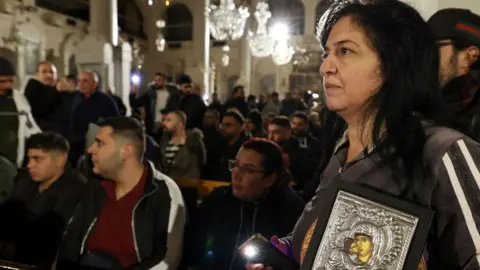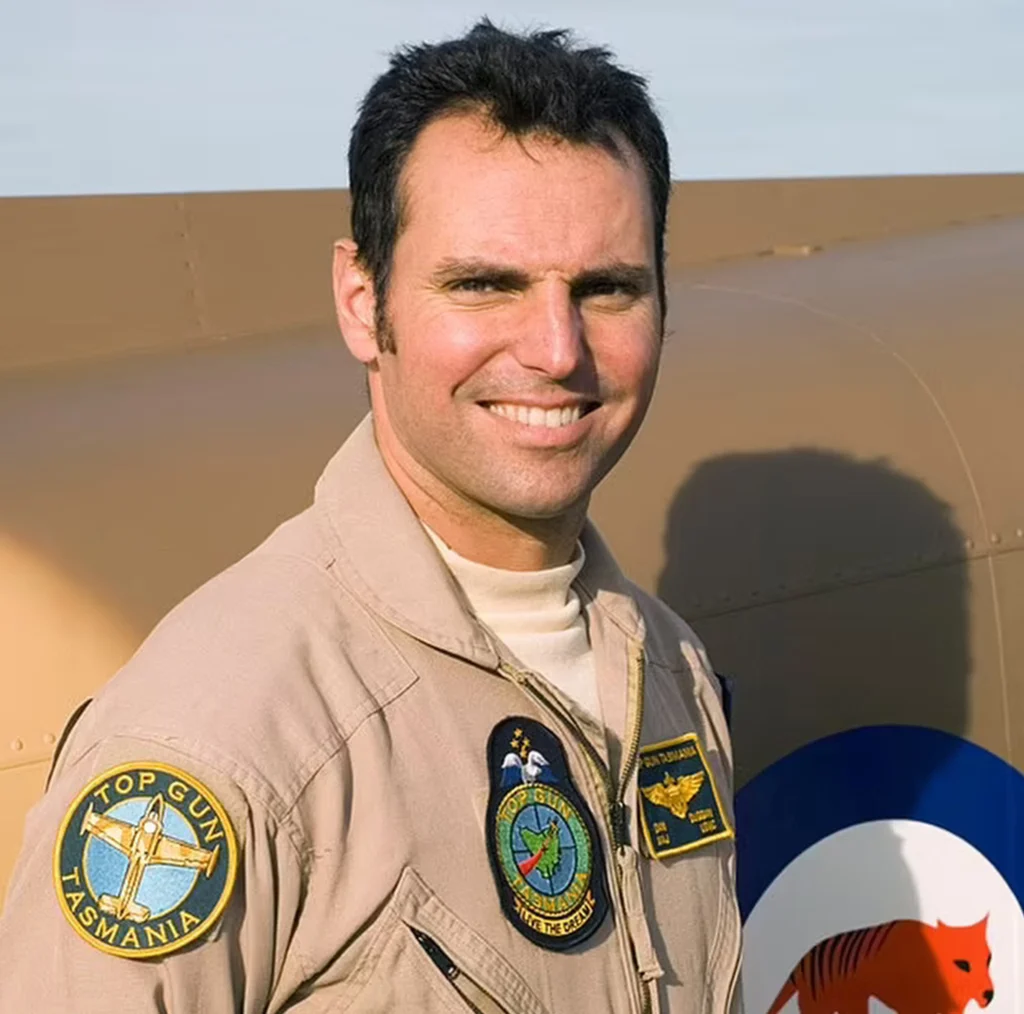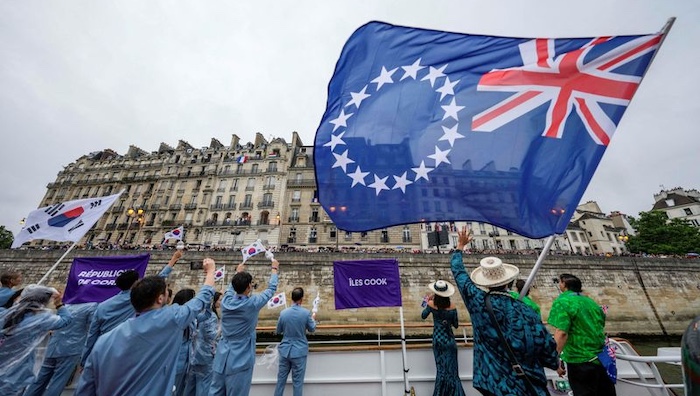Hurricane Fiona left dozens of families stranded across Puerto Rico after smashing roads and bridges, with authorities still struggling to reach people four days after the storm smacked the U.S. territory, causing historic flooding.
For now, government officials are working with religious groups, nonprofits and others braving landslides, thick mud and broken asphalt by foot to provide food, water and medicine for people in need, but they are under pressure to clear a path so vehicles can enter isolated areas soon.
Nino Correa, commissioner for Puerto Rico’s emergency management agency, estimated that at least six municipalities across the island had areas that were cut off by Fiona, which struck as a Category 1 hurricane and was up to Category 4 power Wednesday as it headed toward Bermuda.
Living in one of those areas is Manuel Veguilla, who has not been able to leave his neighborhood in the north mountain town of Caguas since Fiona swept in on Sunday.
“We are all isolated,” he said, adding that he worries about elderly neighbors including his older brother who does not have the strength for the long walk it takes to reach the closest community.
Veguilla heard that municipal officials might open a pathway Thursday, but he doubted that would happen because he said large rocks covered a nearby bridge and the 10-foot space beneath it.
Neighbors have shared food and water dropped off by nonprofit groups, and the son of an elderly woman was able to bring back basic supplies by foot Wednesday, he said.
Veguilla said that in the aftermath of Hurricane Maria, a Category 4 storm that struck five years ago and resulted in nearly 3,000 deaths, he and others used picks and shovels to clear the debris. But Fiona was different, unleashing huge landslides.
“I cannot throw those rocks over my shoulder,” he said.
Like hundreds of thousands of other Puerto Ricans after Fiona, Veguilla had no water or electricity service, but said they there is a natural water source nearby.
Fiona sparked an islandwide blackout when it hit Puerto Rico’s southwest region, which already was still trying to recover from a series of strong earthquakes in recent years. Some 70% of 1.47 million customers were without power three days after the storm amid an extreme heat alert issued by the National Weather Service. Some 40% of customers, or more than half a million, did not have water service.
The U.S. Federal Emergency Management Agency has sent hundreds of additional personnel to help local officials as the federal government approved a major disaster declaration and announced a public health emergency on the island.
Neither local nor federal government officials had provided any damage estimates as Puerto Rico struggles to recover from the storm, which dropped up to 30 inches of rain in some areas. More than 1,000 people remained in shelters.
“Our hearts go out to the people of Puerto Rico who have endured so much suffering over the last couple of years,” said Brad Kieserman, vice president of operations and logistics at the Red Cross.
After Puerto Rico, Fiona pummeled the Dominican Republic and then swiped past the Turks and Caicos Islands as it strengthened into a Category 4 storm. Officials there reported relatively light damage and no deaths, though the eye of the storm passed close to Grand Turk, the small British territory’s capital island, on Tuesday.
“God has been good to us and has kept us safe during this period when we could have had a far worse outcome,” Deputy Gov. Anya Williams said.
Fiona was forecast to pass near Bermuda early Friday, and then hit easternmost Canada early Saturday, the U.S. National Hurricane Center said.
The center said Fiona had maximum sustained winds of 130 mph (215 kph) late Wednesday. It was centered about 550 miles (885 kilometers) southwest of Bermuda, heading north at 10 mph (17 kph). It was forecast to pass close by Bermuda early Friday.
Abc7ny



























